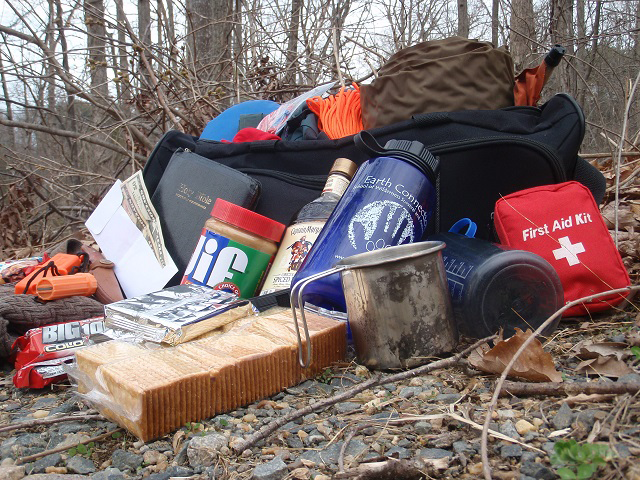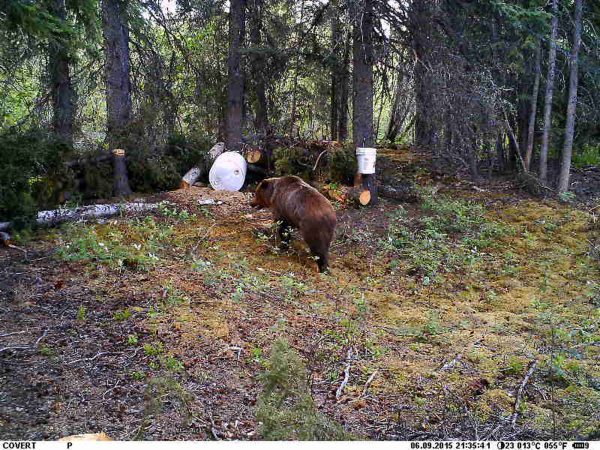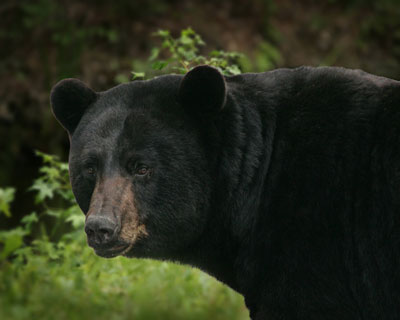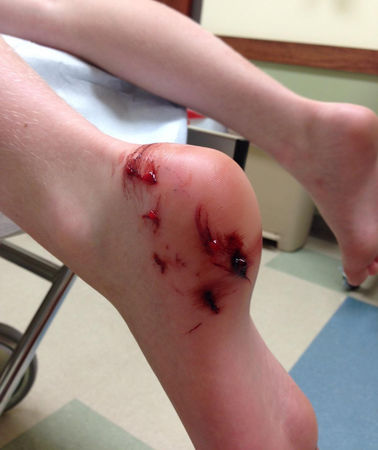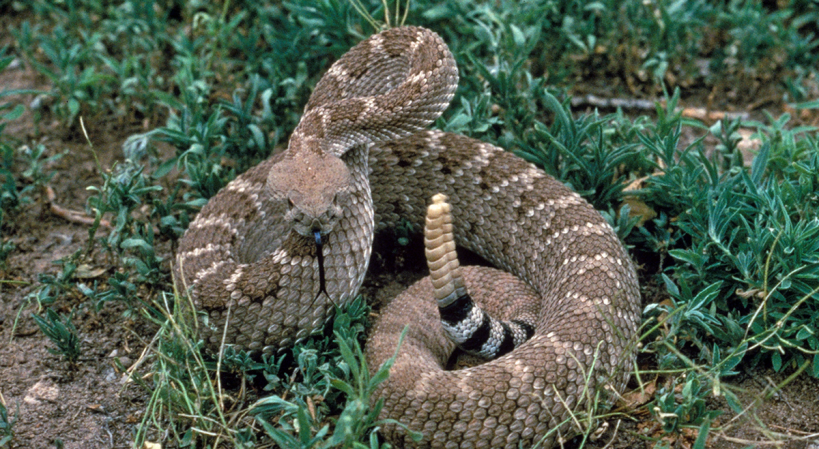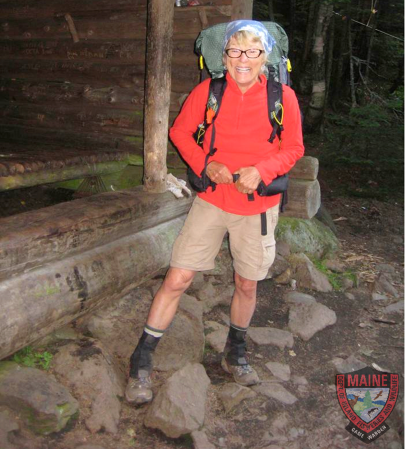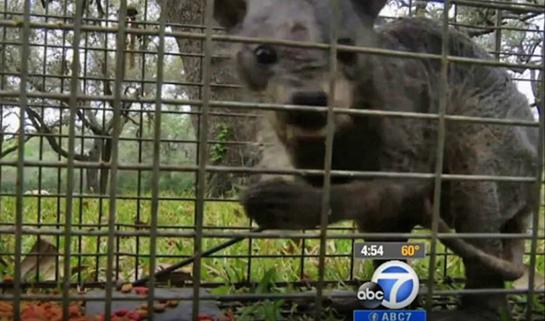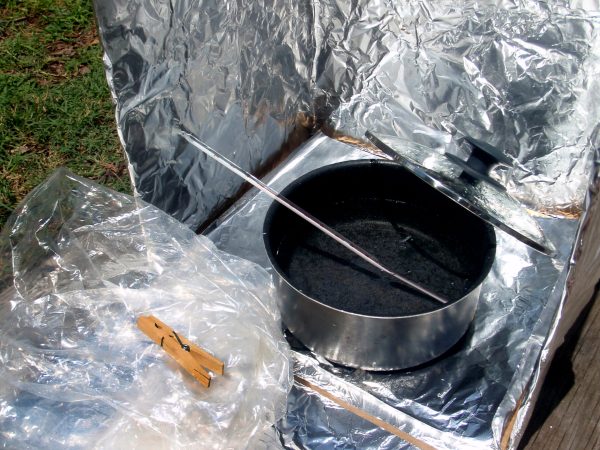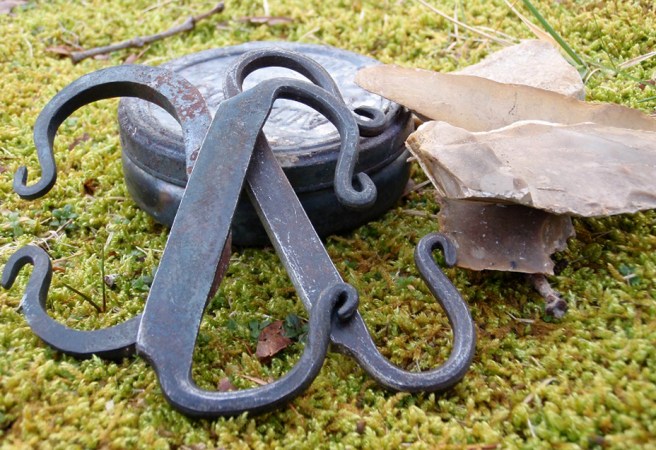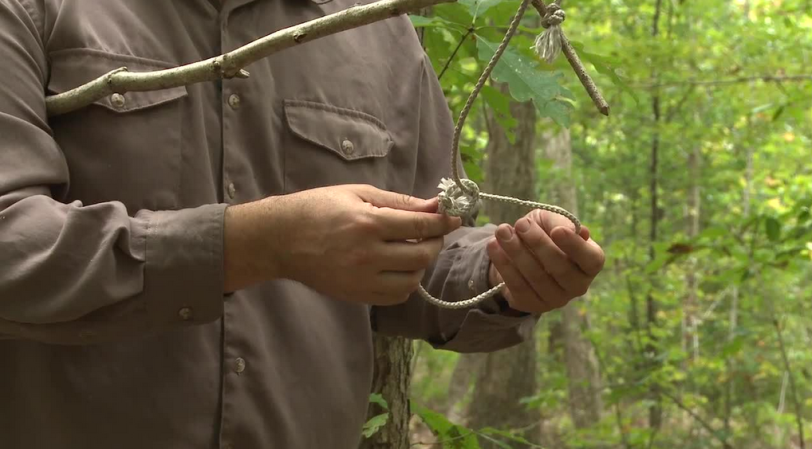Few survival scenarios have captured the imagination (or spawned fear) like the electro-magnetic pulse. This event or weapon, commonly known as an EMP, creates a short burst of electromagnetic energy that can disrupt or even destroy electronic devices and systems, potentially even the electrical power grid. An EMP can occur naturally, such as the pulse from a massive solar flare, but EMPs are also created by technological devices, typically nuclear weapons.
The most frightening scenario is the detonation of several high-energy EMPs over an unsuspecting nation. According to some models, just a few of these devices detonated at a high altitude could wipe out all of the unshielded electronics and all power grids in the continental United States. Commonly used as fodder for apocalyptic novels like One Second After and doomsday TV shows like NBC’s Revolution, these weapons have become a fixture of pop culture. In the event that this threat moves from fiction to reality, here are some things you ought to consider having in place.
1. Non-Electric Appliances
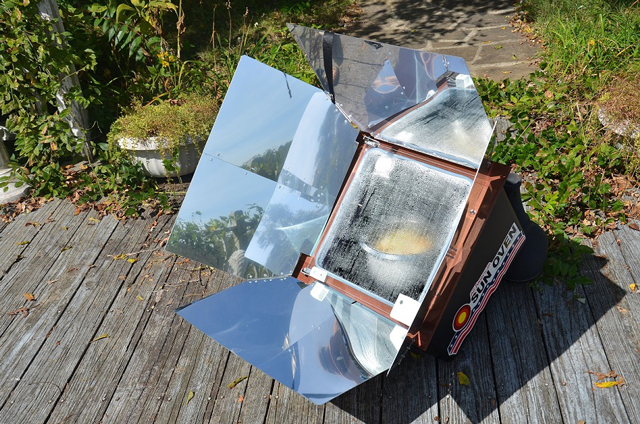
No electricity to operate your electric can opener? If you had a hand-operated one, Fluffy wouldn’t have to go without her Fancy Feast. Check out camping catalogs and companies that sell non-electric household devices. There is a surprising number of choices in the marketplace. Here are a few:
1. Solar oven: As long as the sun shines, food can be cooked and water can be boiled.
2. Manual can opener: The P38 is a military classic, and it even fits on a key chain.
3. Grain and meat grinders: Grind flour from whole grains or create burger meat from available critters.
4. Crank coffee grinder: For the caffeine addicts who turns up their nose at instant java.
5. Wind-up flashlight: Will light the way, assuming the electronics inside it weren’t fried by the pulse.
6. Butter churn: Find cow, milk cow, separate cream, churn butter, enjoy.
7. Hand-powered water pump: To get water out of a well or cistern
8. Well sleeve (or well bucket): This is one of the most important gadgets that most people have never heard of. A well bucket is a cylinder fitted with a couple hundred feet of string and lowered down slender modern wells to draw up water. This is a cheaper option for your well than a hand pump, but much more work.
2. Barter Items
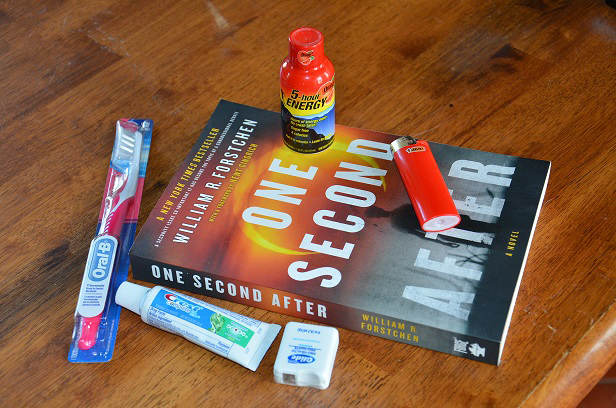
If the power is out, your credit and debit cards aren’t going to do you much good, and the ancient art of bartering once again becomes a viable economic option. It’s best to hold onto food with a long shelf life and weapons that could be used against you. But other items—goods that serve no major constructive use in the home but are popular nevertheless—could be parted with if you can find a willing trading partner.
Beans, bullets, and gasoline should be hoarded, but vices like alcohol, cigarettes, and caffeine; hygiene products; and various forms of entertainment, like books and playing cards, could be very valuable to the dependent, the dirty, and the bored.
3. Lighting
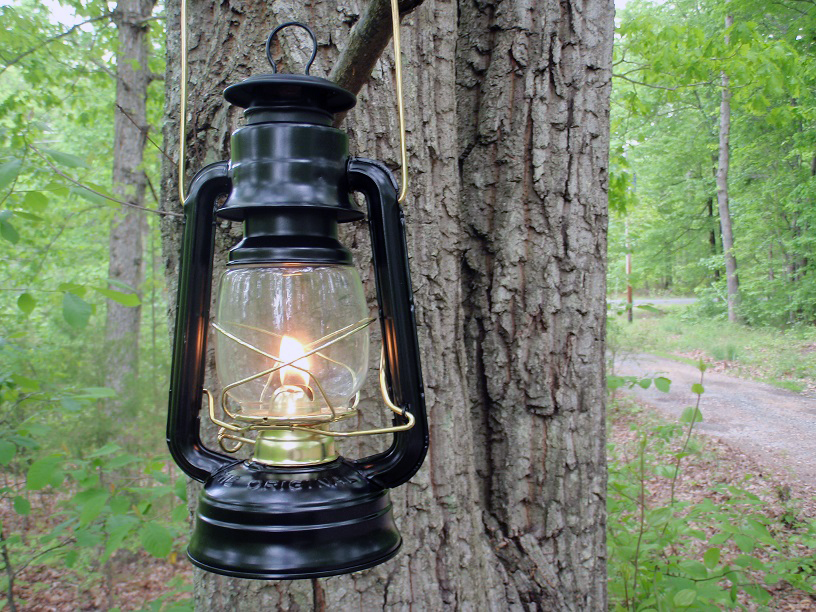
Chemical light sticks are a good non-electric light source, but what about something with a longer burn time? Candles are EMP-proof, but they are dim, messy, and vulnerable to the wind. This is where oil lamps come into play, my favorite being the lightweight Dietz Original lamp. This classic lamp works indoors and outdoors, through wind and rain. The little lamp’s eight-ounce fuel capacity gives you an 11-hour burn time. The heat output is around 900 BTU’s per hour, and it puts out an average of 7 candle power with a half inch of burning wick exposed. The lamps cost about $11 each and operate on an average of 3 cents worth of lamp oil per hour. When’s the last time you received an hour’s worth of anything for 3 cents?
Approved Fuels for Oil Lamps:
- Non-dyed (clear) kerosene
- Klean-heat kerosene substitute
- Standard clear lamp oil
- Citronella oil (outdoor use only)
Keep in mind that paraffin oil (wax oil, Nowell’s, Ultra-Pure, Tropical Lights, etc.) might be marketed for oil lamps, but it typically burns half as bright of any of the approved fuels listed above. Paraffin oil is thicker than those and its flash point is 100 degrees higher than kerosene. This inhibits the capillary action of the wick, and will cause lanterns with wicks 7/8 inch or larger to burn improperly and erratically. Once a wick is contaminated with paraffin, it must be replaced in order for the lamp to burn properly with a different fuel.
4. Hand Tools
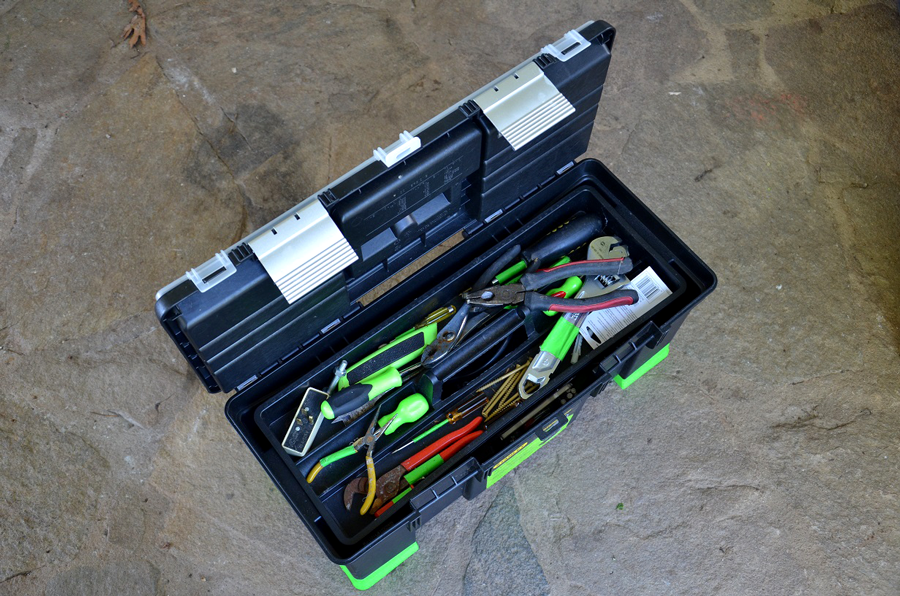
Repairing and reinforcing your home won’t be very easy if all your tools require electricity. Keep some backup hand tools in your tool chest. Hand saws and a hammer are obvious choices, but grab some less obvious choices too, like planes, block sanders, and a brace and bit for hole drilling and driving screws. Add a variety of nails, screws, and glue to round out your tool set.
5. Faraday Cage

A Faraday cage (named for the 19th-century inventor, Michael Faraday), is any conductive structure that protects its contents from electrical pulses. Your simplest option is an old microwave oven or a tightly sealed metal garbage can (other options include an ammo can or a metal safe). A Faraday cage is easy to build, but since we don’t know the exact level of damage that can be caused by a weaponized EMP, it’s impossible to say which electronics might survive. All we can do is rely on informed best guesses. Follow these steps and hope for the best.
How to Create a Faraday Cage
Determine what size box you’re going to need. Gather up everything you want to shield and see how much space they require. Likely items include shortwave radios, walkie-talkies, crucial medical equipment (i.e. a glucose meter), and spare electronic parts for your generator and car. Note that batteries are not affected by EMP, so they don’t need to be included in your stash.
Choose a box or container that closes as securely as possible. Any gaps will render the grounding ineffective.
Wrap your box securely in aluminum foil. Be sure the body of the box and its lid are totally encased.
Tape every seam down firmly. You can use regular tape for this, although aluminum or copper tape will provide better security.
Line the inside of the box with cardboard to ensure that your electronics do not contact any of the foil or metal tape.
Place your items inside and seal the lid firmly.
The other option is to starting hoping that no one ever activates an EMP.
6. Communications

With our beloved mobile phones inoperable after an EMP, you’ll be left with few options for distance communication. This is where CB radios and walkie-talkies show their true worth. If these items are protected adequately in a Faraday cage, or the EMP was distant or of low strength, they might just work after the pulse is over. Install the batteries or an alternative power source and find out.
Unless you need medical electronics to live, communications equipment could be the most vital gear you’d store in a Faraday cage. It’s hard to impress upon the average modern person the luxury that they are tapping into every time they use a mobile phone. With that option gone, I’m sure that most millennials would succumb to temporary insanity.
7. Power Source
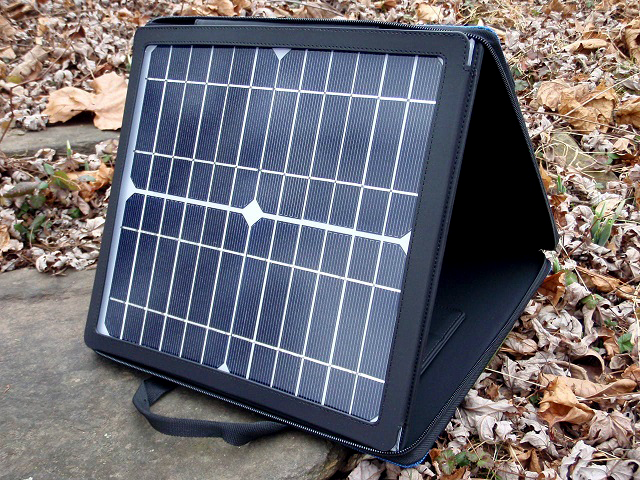
You could make your own electricity from solar panels, micro hydroelectric systems, and backyard wind turbine generators, along with noisy gasoline generators and vehicles modified with electrical outlets. But be aware that having electricity in a world without any would paint a big target on your back. It would almost certainly be best to keep things like this to yourself, and keep backup electronics like charge controllers and inverters in a shielded container.
Even then, your neighbors will start to wonder why you never run out of rechargeable batteries and the lights in your home are anything but candles. Invest in alternative power only after considering the risk-to-reward ratio. A few small solar panels and chargers may be all you really need (or dare to possess).
8. Self Defense Equipment
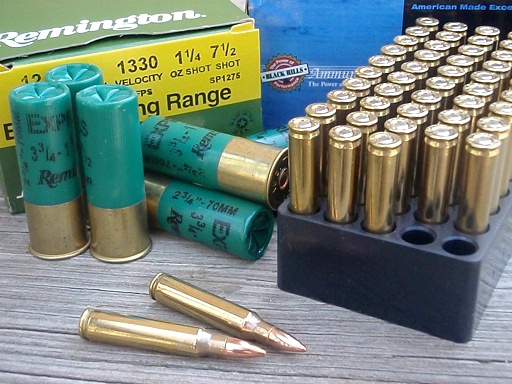
A home-defense shotgun and plenty of rounds to accompany it are potentially the most versatile means for self-defense in a grid-down scenario like an EMP attack. A variety of shotgun loads can be used both against home intruders and for hunting wild game. Many other items, besides the predictable shotguns, handguns, and rifles, can be used as tools for self-protection and defense.
These can be as simple as bells hanging on the inside of your entry doors. These noisy non-electric alarms are low-tech, but also very reliable. Guard dogs are another great way to protect the family, particularly in the dead of night. You could even pull out the hand tools mentioned above and board up a few ground floor windows in the back of the house and other likely ingress points around your home. No corners should be cut when it comes to your family’s defense during a crisis situation.
9. Food Production Supplies

Let’s face it, your hoard of MREs will only last so long. Either by time or consumption, there would come a day when you’d be out of food if an event like an EMP attack occurred. It could take years to restore power to a handful of regions, and in the meantime people would have to find ways to provide food for their families other than hitting the local grocery. Having the knowledge, means, and location to grow food crops and livestock might just keep you alive during a multi-year blackout.
Of course you’d need the seeds, livestock, and tools to jumpstart the system, as well as the knowledge of seed saving and livestock breeding, but a little experience and a few good books can set you on the right path. In the end, you might end up giving a large share of food to the warlord who controls the region, but at least you’ll have some food—and you’ll be a valuable person to the community.
18 More Ways The World Could (But Probably Won’t) End
Let’s face it, the world isn’t going to end anytime soon, but, that doesn’t mean it’s not a good time to entertain the different ways the world could end. Here are some of the most intriguing possibilities.
1. Worldwide Famine
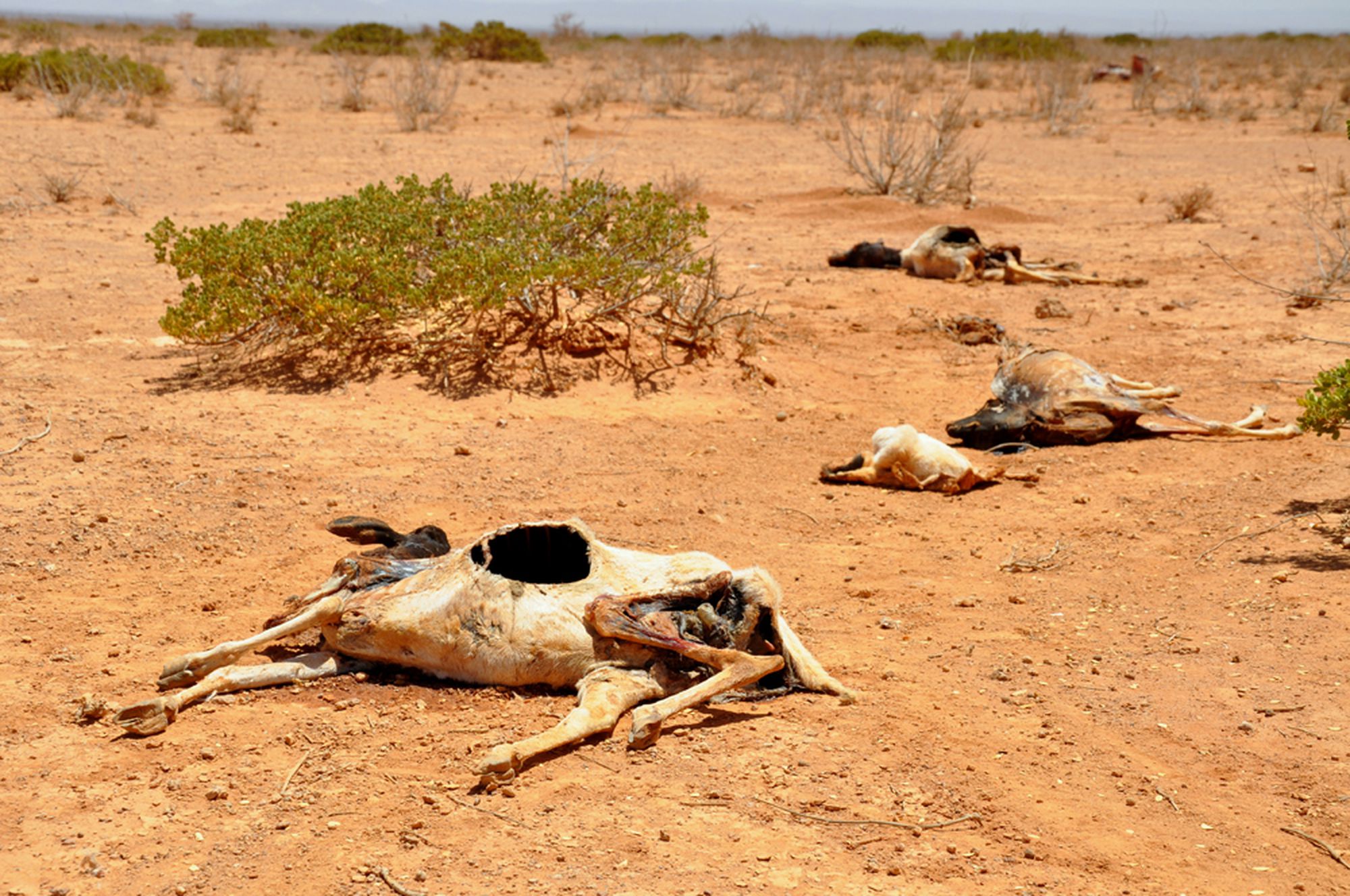
The Threat: A shortage Of safe food for a growing population.
The 2012 heat waves and drought in the United States and Africa have left two continents with less food than normal this year. What if crop loss and famine become a regular occurrence? What if something worse than weather caused a run on food?
The Preps: Governments and individual citizens worldwide are taking their own precautions against any form of food supply disruption by stockpiling their own food stores. Not surprisingly, interest in home vegetable gardening and canning food are also making a strong resurgence. FEMA now recommends a two-week supply for everyone. If this scenario troubles you, then stock up for longer than two weeks.
The Odds: The odds of some sort of food shortage in the world are 100 percent. In Chad and other countries of western Africa, 18 million people are suffering from a food shortage as we speak. But the odds are low that we will see a significant food shortage in the US due to the weather anytime soon. The odds of a shortage of safe food are anybody’s guess if the disruption in the supply chain results from terrorist tampering, hyperinflation, or a radiological event.
2. Water, Water Everywhere
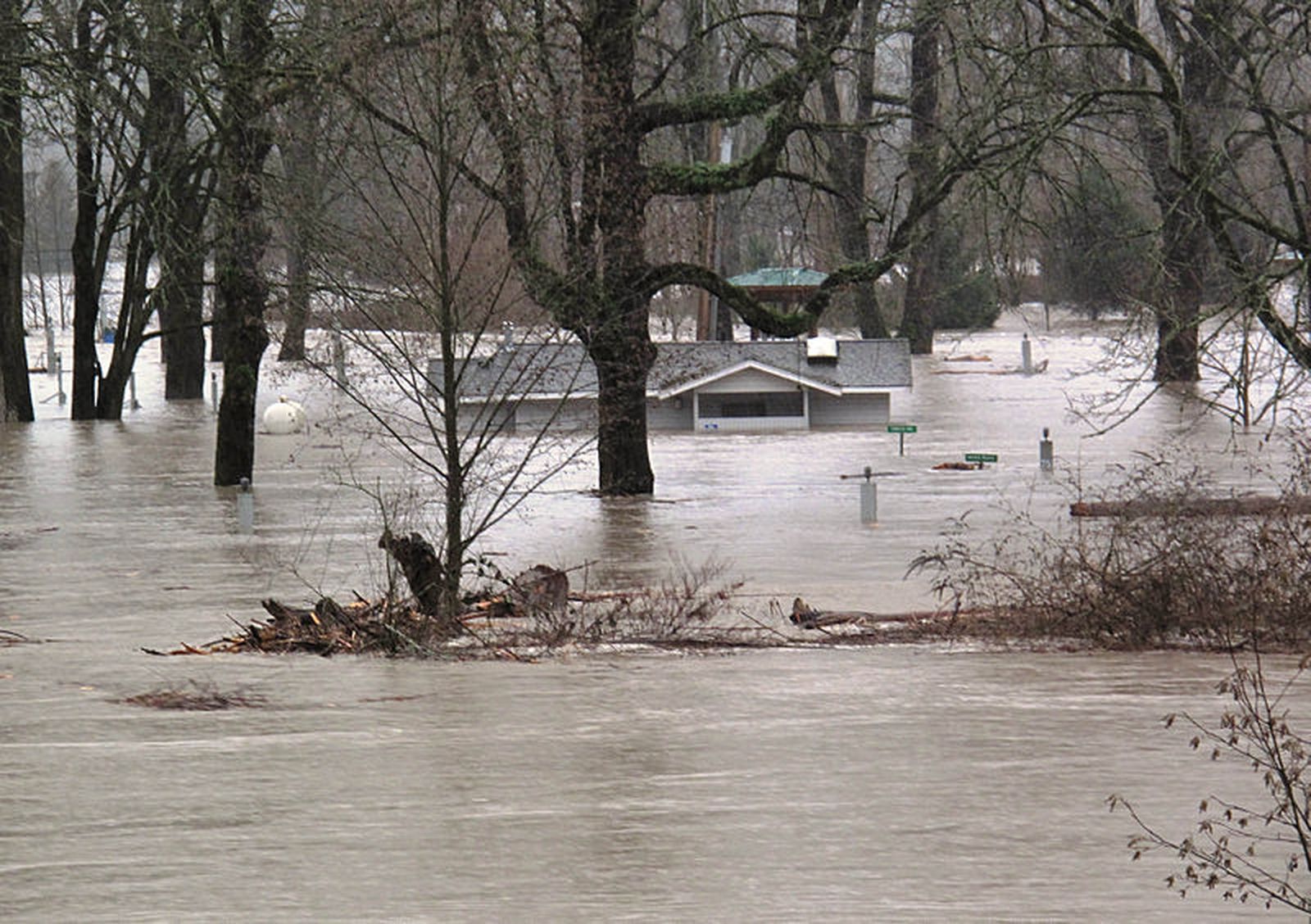
The Threat: Tsunamis and flooding.
Storm-related flooding and earthquake-induced tsunamis pose the threat of loss of property and loss of life to people living in low lying and coastal areas around the globe.
The Preps: Precautions against flooding are diverse. Planning ahead can begin by choosing a place to live that is higher and dryer than the surrounding area. Flood insurance may help cover your property losses, but the only reasonable way to safeguard your life is to keep one eye on the weather, and one ear to the radio for emergency broadcasts about storms, flooding, and tsunamis in your area.
The Odds: Earthquakes and storms cause flooding each year. The worst of the 2012 floods occurred in southwestern Russia in early July. It claimed 144 lives and the homes of nearly 13,000 people were damaged or destroyed in that flood. Your odds will be based on where you live.
3. Tech Meltdown

The Threat: Cyber terrorism.
With so many computers and computer hackers in the world, concerns over cyber terrorism have governments and big business worried about national and global computer security. These aren’t just simple computer crimes like bank account hacking and identity theft. William L. Tafoya, Ph.D., one of the FBI’s cyber terror specialists, explains that “acts of cyber terror…impact society–even the nation–not just an individual, the business sector, or government agencies.”
The Preps: Unless you are already living an Luddite’s lifestyle, there is nothing that an individual can do to keep a localized, national, or global computer meltdown from affecting his or her way of life. Sorry.
The Odds: It is impossible to predict when or if a major cyberattack will ever happen. Dr. Tafoya simply concludes that “law enforcement agencies should be prepared to deal with the aftermath of hard-to-forecast, but not regularly reccurring, cyberattacks on the nation’s critical infrastructure.”
4. Crude Shortage

The Threat: A worldwide oil crisis
In some circles, the question of whether the world’s oil fields have reached “peak oil” is hotly debated. If we have used up half of our world’s oil in the past 100 years, what kind of crisis would we face if the supply diminishes as world populations continue to grow? This socioeconomic scenario may not seem as scary as an asteroid impact or world war, but the effects could be just as far reaching.
The Preps: If the supply of oil dwindles, or if warfare or politics put a choke hold on the petroleum supply, you can expect the price of everything to go through the roof. It’s certainly not practical to create your own fuel tanks and stock up now, but it may be smart to wean yourself off things that require petroleum, like heating your home with oil.
The Odds: The easily extracted oil will almost certainly run out at some point, and there is no other known fuel that is as energy dense as oil. The earth’s crust is petroleum rich, but once the easy pickings are gone, oil and gas will cost more to obtain and the collection of it may bring more environmental damages. The real questions are simple: When will the oil run out, and how will it be replaced? I think the answers are already known, but we aren’t allowed in the meetings of the people who know such things.
5. Global Warfare

The Threat: World War 3
Fears of a third World War have been inspiring preppers since the end of the last World War. This is easily the scariest event on our list, because it could happen at any time for any number of reasons, if diplomacy ever fails.
The Preps: The preps for WWIII are difficult to even discuss. Bunkers and years’ worth of stockpiled food and water are a good start.
The Odds: Some would say that WWIII is absolutely going to happen, it’s just a matter of when it will occur, who will be involved and why. America and her allies have many enemies, some old and some new. Some Biblical scholars will point to Armageddon as the third (and final) world war. I’d say it’s too close to call, and too unthinkable to dwell on.
6. The Walking Dead
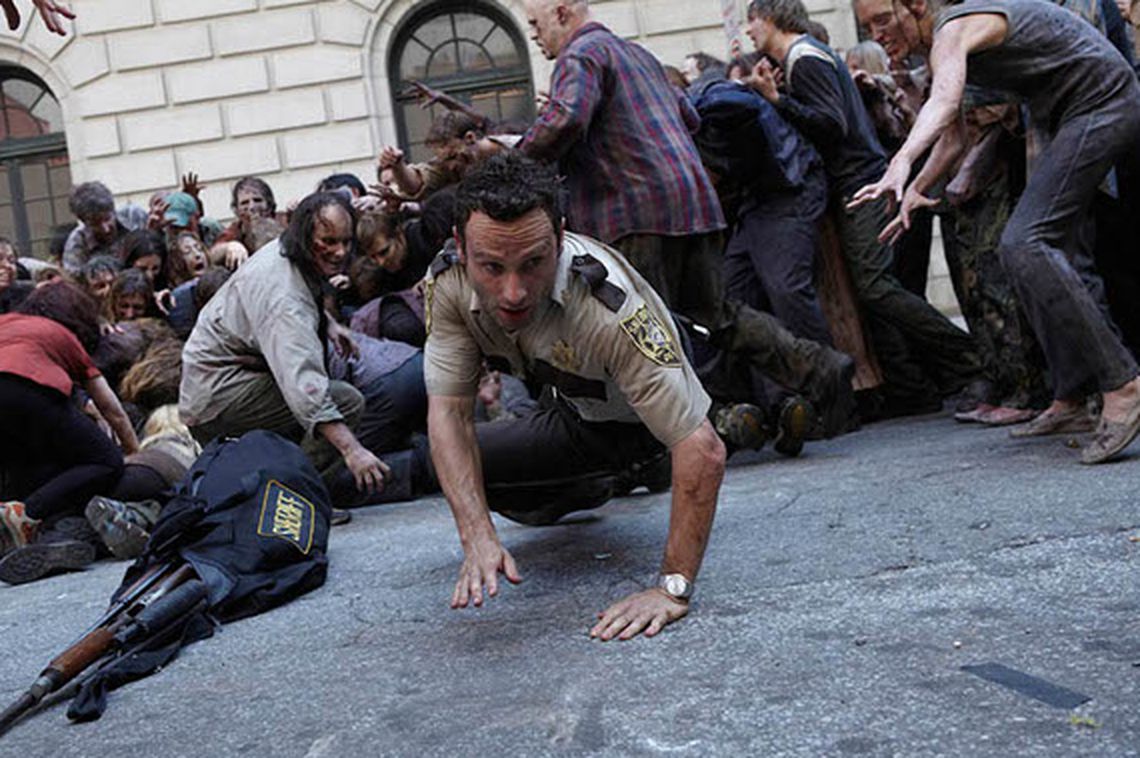
The Threat: Zombie apocalypse
Zombies are everywhere we look these days, in videogames, on television and in the movies. Going a step further, some folks believe that zombies will someday be a real threat to the world. In essence, zombies would be an undead case of life imitating art.
The Preps: You could join a zombie hunting group, like ZERT, the Zombie Eradication Response Team. You could also study the CDC’s guide for zombie preparedness. The CDC’s tongue-in-cheek guide espouses the idea that “if you are generally well equipped to deal with a zombie apocalypse, you will be prepared for a hurricane, pandemic, earthquake, or terrorist attack.”
The Odds: The likelihood of an actual zombie outbreak is thankfully low, since zombies don’t actually exist. And I think it’s great that people can gather together under the mantle of being a zombie club and perform beneficial charity work as they do. Some clubs, like Zombie Squad (link www.zombiehunters.org), operate as a non-profit, having fund raisers and organizing volunteers for real charities such as the American Red Cross and Habitat For Humanity.
7. Pole Shift
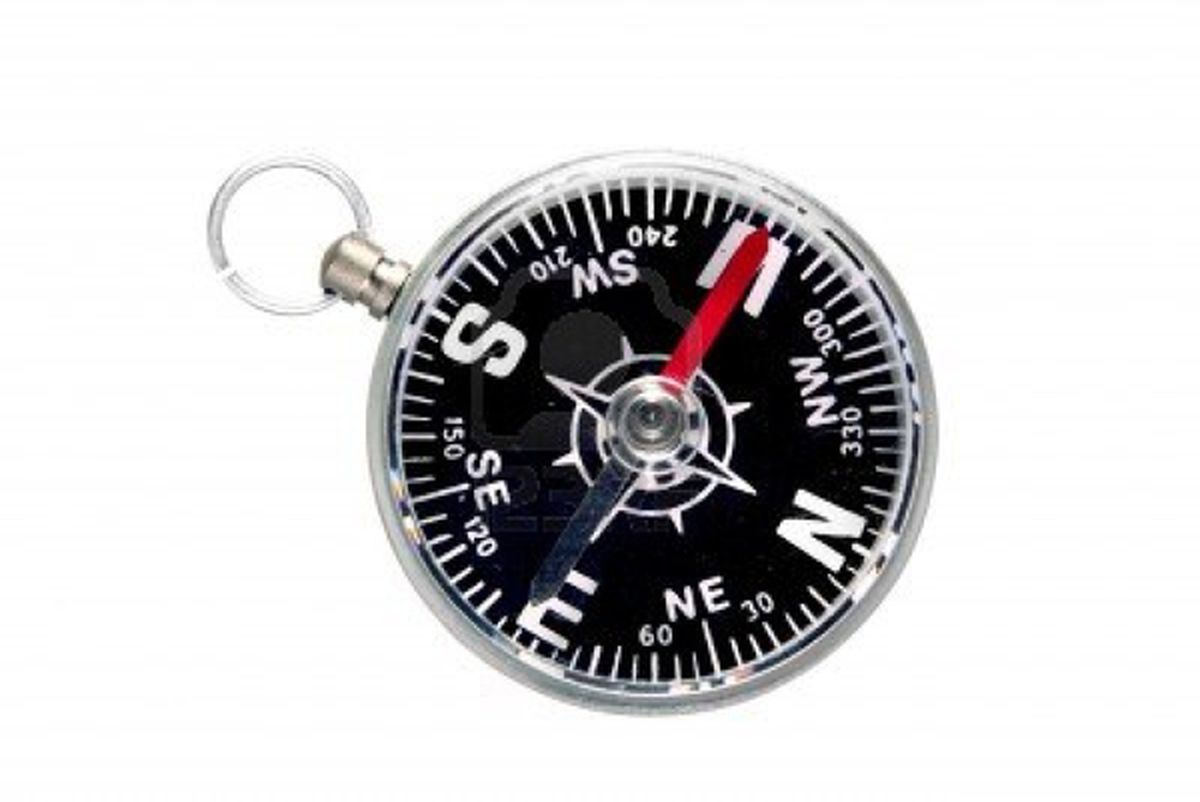
The Threat: The shifting or reversal of Earth’s magnetic poles.
Pole shift and pole reversal predictions have arguably the most colorful and diverse group of backers of any version of Doomsday. Some “abductees” have said that aliens told them the poles would shift. Spiritual medium Edgar Cayce predicted it would happen, too. Even well-known scientists have published peer reviewed papers saying that it would happen. Polar shift proponents date back as far as Charles Étienne Brasseur de Bourbourg, who in 1872 wrote an article suggesting that he had interpreted ancient Mexican codices that told how the earth’s axis would tip and cause periodic cataclysms.
The Preps: If a pole shift or reversal happened within a short period (say weeks, days, or hours), earthquakes and tsunamis would be the primary dangers to address. Other hazards of pole shift could include temporary vulnerability to incoming solar radiation, volcanic eruptions and radical climate change. Prep as you would for earthquakes and storms, and you should have this one covered.
The Odds: The odds of a polar shift are a little tricky to explain. The poles do drift a little each year, and there is scientific proof of polar “wander.” There is also geological evidence that the magnetic poles have been in radically different places over the past millennia. In the entire Earth’s history, polar wander of approximately 55 degrees may have occurred twice, but the poles have not deviated by more than about 5 degrees over the last 130 million years. Honesty, I wouldn’t sweat this one. Zombies seem like a more plausible threat than pole shift.
8. Epic Eruption
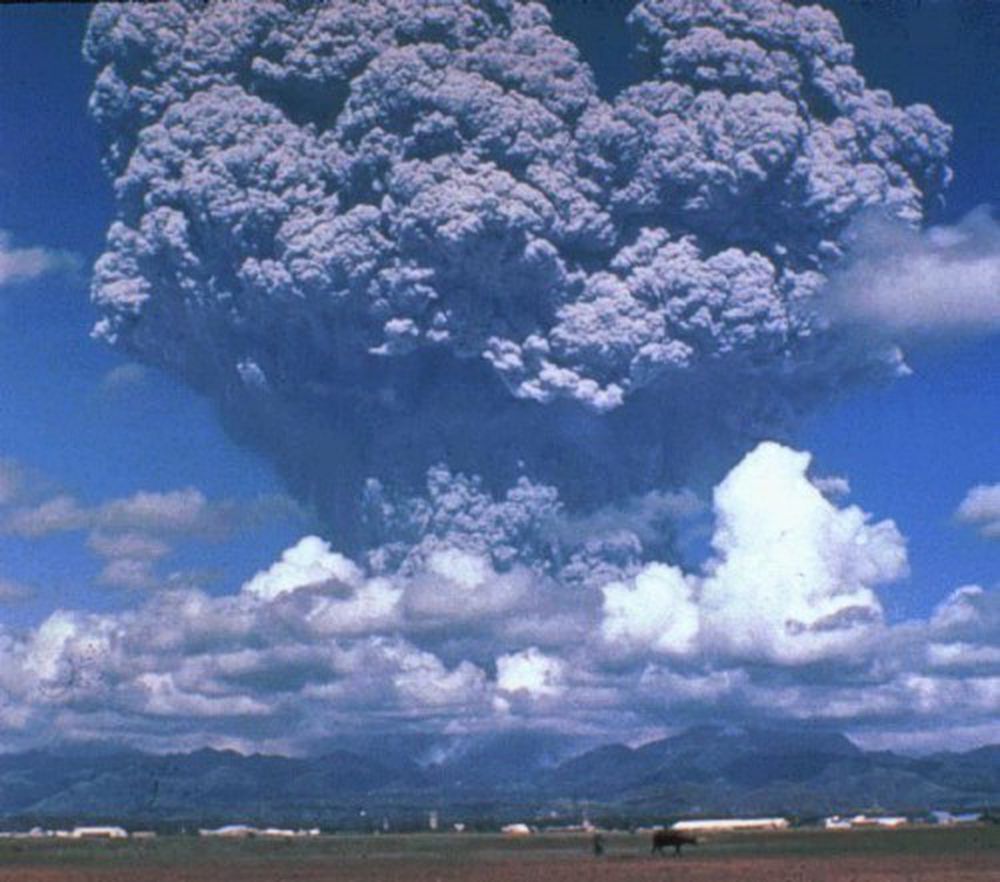
The Threat: Super volcano.
The caldera under Yellowstone National Park could erupt as a super volcano. China’s Changbaishan Volcano, Indonesia’s Mount Lokon, and the Mud Volcano of Azerbaijan could also blow up. Entire continents could be covered in ash as smoke darkens the skies.
The Preps: If you are living downwind of a potential super volcano, treat this like a nuclear winter scenario. In the short term, you’d need breathing apparatus to filter out the dangerous volcanic ash (which could cut up your lungs like glass dust). For the long term, you’d need lots of food and drinkable water.
The Odds: According to the U.S. Geological Survey, a volcano in Indonesia erupted 74,000 years ago, darkening the world’s skies for 11 years and wiping out most of the life on earth. Many geologists predict that the planet is due for another big one. The good news is that volcanos create recognizable seismic warnings, giving us time to evacuate or at least hunker down for such a disaster. The National Park Service has stated that “although [Yellowstone] eruption is theoretically possible, it is very unlikely to occur in the next thousand or even 10,000 years.”
9. Shaken to the Core
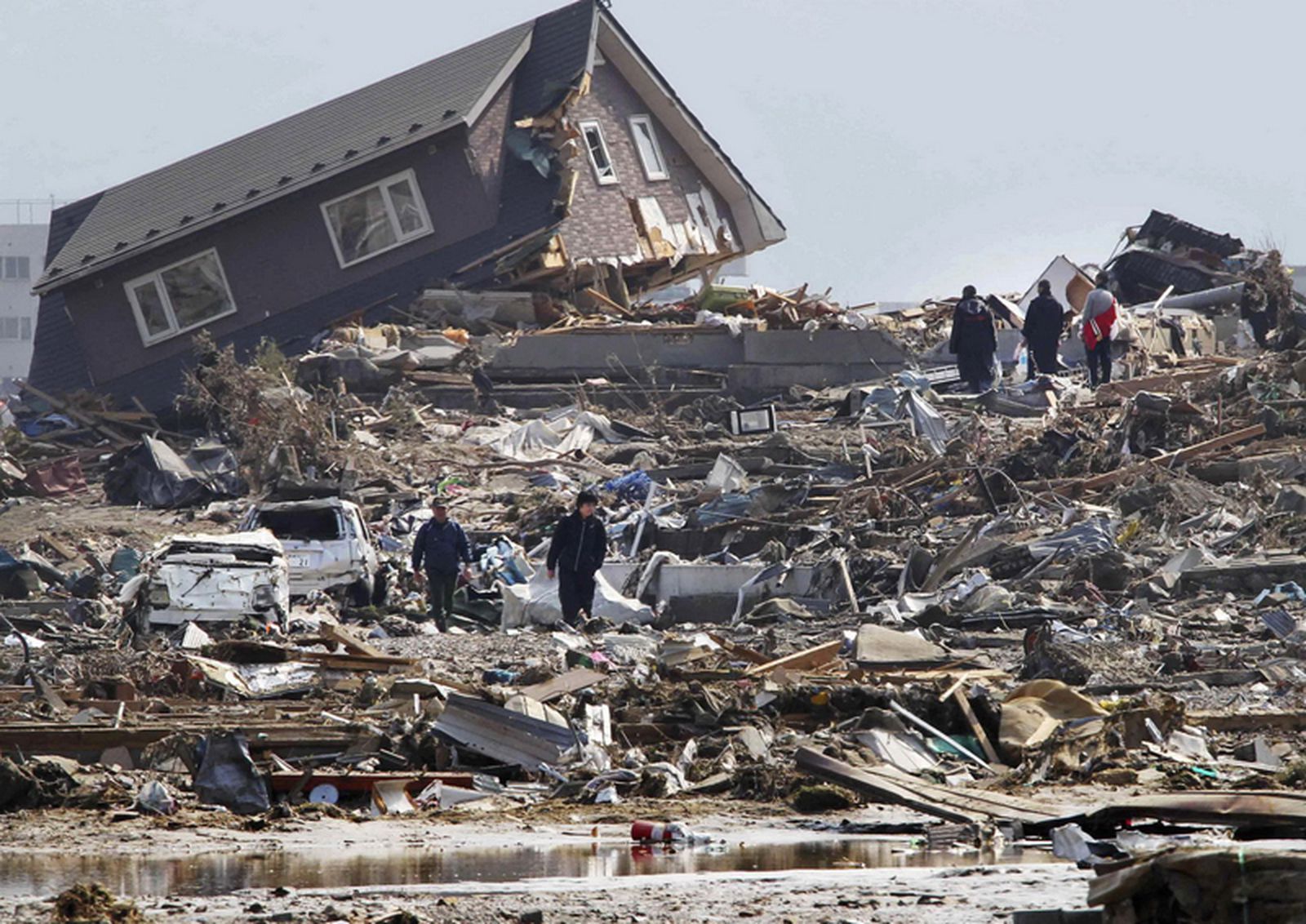
The Threat: Mega earthquake.
Massive earthquakes have happened before, and many little earthquakes happen every day. What happens if a big one hits the U.S.? Will it drop California into the Pacific? Will the Gulf of Mexico flood into the Midwest?
The Preps: Earthquake preparedness is pretty much “by the book.” You need structurally safe shelter, clean water, first aid supplies, food, communications, and all the other usual suspects. For greater details, check out FEMA’s disaster kit guidelines and supply lists.
The Odds: The chances of a massive, city-destroying earthquake are slim, but there is always a chance. The U.S. Geological Survey’s earthquake website allows you to track active earthquakes, and even generate an earthquake probability for your area based on your latitude and longitude.
10. Boulder Bombardment
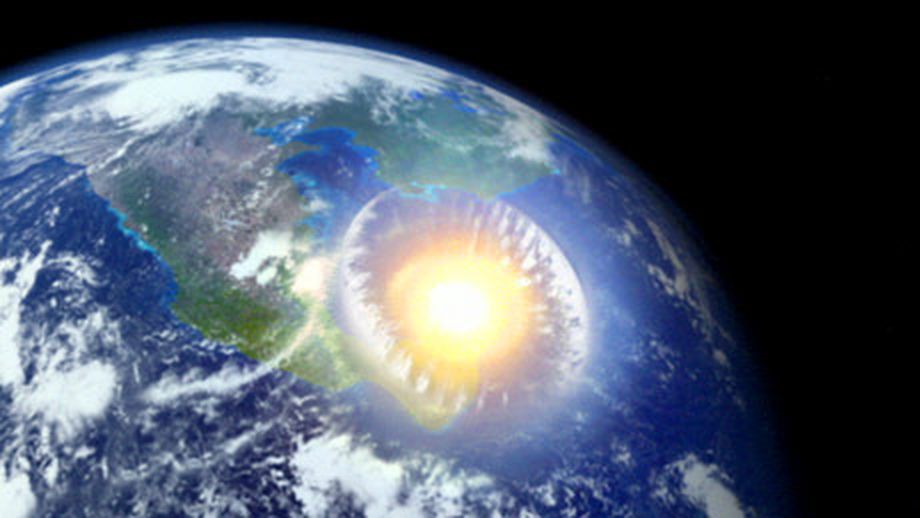
The Threat: Asteroid strike.
A hunk of space rock only 6 miles wide is believed to have wiped out the dinosaurs 65.5 million years ago; and there are plenty more boulders where that one came from. Even a small asteroid strike could set off a chain reaction of tsunamis, earthquakes, and volcanoes, in addition to the localized destruction at the impact site.
The Preps: Prepping for an asteroid impact falls somewhere between prepping for volcanoes and earthquakes. There might be harmful dust in the air, as with a volcanic event. You may see earthquakes and tidal waves nearer to the actual strike location. Prep as you would for an earthquake, and treat yourself to some respirators.
The Odds: Since there are literally hundreds of thousands of amateur and professional astronomers peering at the night sky, I don’t think any big asteroids are going to slip past the goalie unnoticed. And for the first time in the earth’s history, this planet’s inhabitants may have the technology to address the threat of asteroids, meteors, and comets. This one looks pretty far-fetched.
11. A Greater Depression

The Threat: Economic collapse.
Since we all live in a global village of trade and interdependence, drastic loss in value of our dollar or a major trading partner’s currency could send us into a situation much worse than the Great Depression of the 1930s.
The Preps: Many preparedness enthusiasts plan for economic hard times by stockpiling goods that have a high trade value. If the dollar is worthless, what would have value? The quick answer is the necessities and the luxuries. While people need food, safe water, medicines, and clothing; people will also be foaming at the mouth for caffeine, nicotine, alcohol and a host of other things that humans cannot seem to live without.
The Odds: All prior economic systems that have ever existed eventually failed. True story. But the silver lining is that most of these systems just changed, from one valuable to another or from an old currency to a new one. Let’s hope the odds are in our favor and that we don’t see the Great Depression Part 2 or some ridiculous One World Dollar in our lifetime.
12. Worldwide Sickness
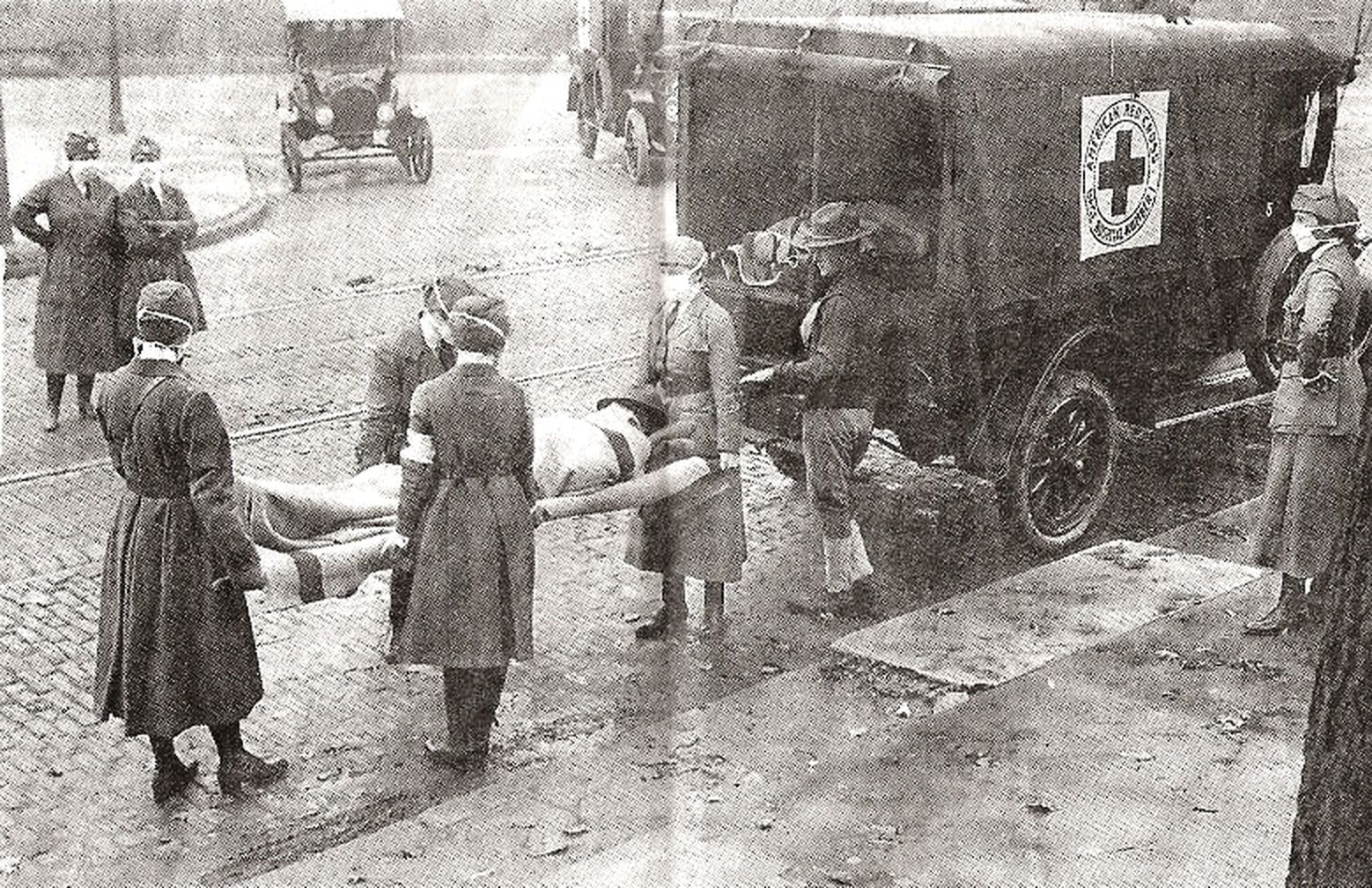
The Threat: Pandemic disease.
The super flu, smallpox, or some new contagion strikes our highly mobile modern world and spreads like wild fire, killing or incapacitating the infected, and grinding government and commerce to a halt. This has been the plot of several sci-fi movies, and it has happened before in real life–many times. Just a few historic pandemics include the Spanish Influenza of 1918 (link https://www.flu.gov/pandemic/history/1918/), the smallpox brought to the Aztecs and other early Americans from Europe, the Black Plague in 1400s Europe and the Plague of Athens dating all the way back 430 BC.
The Preps: Pandemic preps include gathering supplies to survive a month or more, as well as abundant safety gear like masks, gloves, and disinfectant. If a pandemic should occur, barricade yourself and stay home for a month.
The Odds: The odds don’t look good for us. Neither does our track record. Humans are absolutely filthy creatures, and this category doesn’t exclude altered or man-made pathogens such a biological weapons. Scary.
13. Nuclear Nightmare
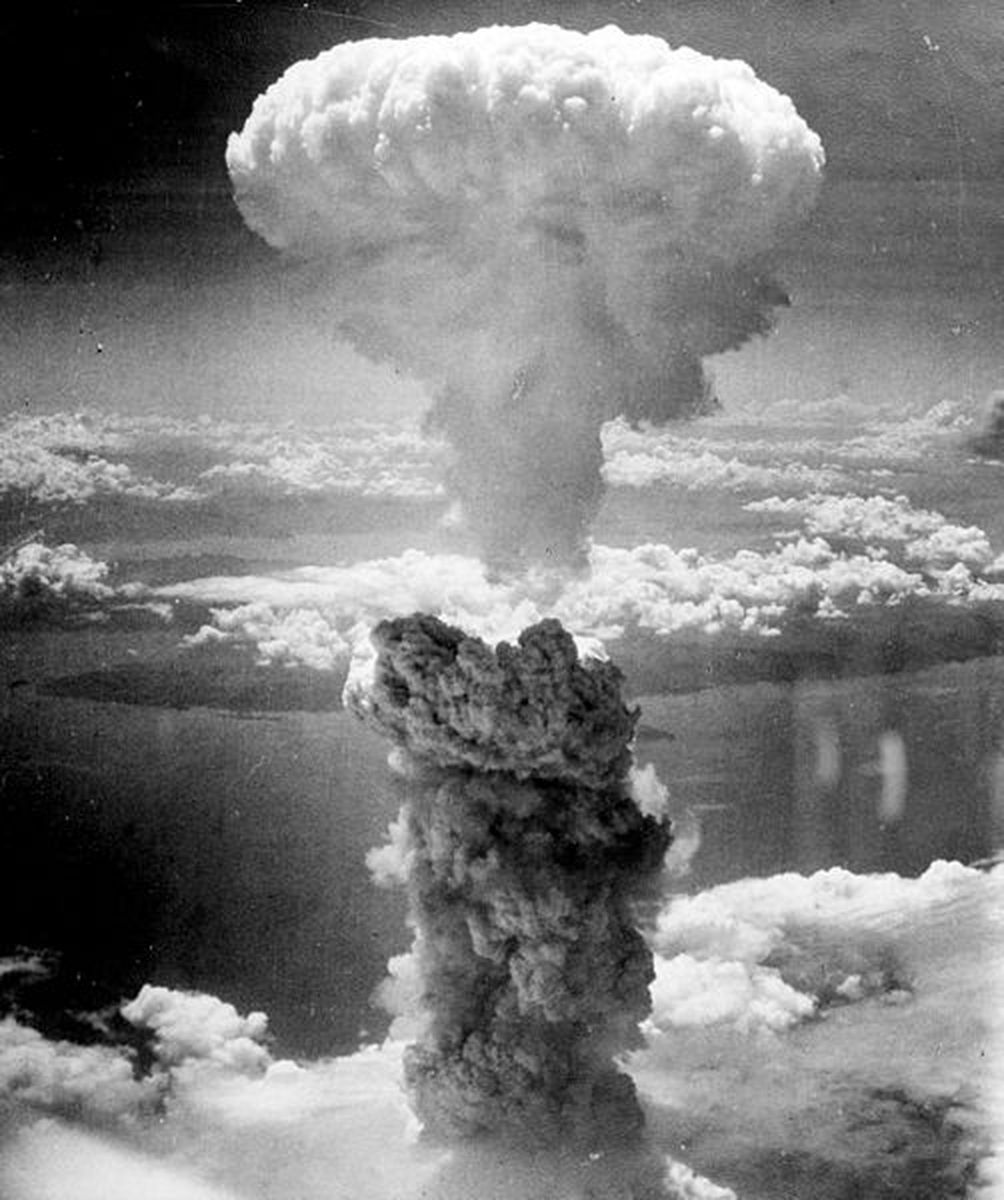
The Threat: Radiological event.
Whether a nuclear reactor melts down, a dirty bomb goes off, or somebody pops a nuclear warhead, we’ll be faced withthe same problem: dangerous radiation.
The Preps: Time and distance are your best friends when it comes to surviving a radiological hazard. Distance yourself from the area of contamination as quickly as you can. Distance yourself from your contaminated clothing and gear too. Time is also your best friend. Hour by hour, radiation dissipates. If you couldn’t make it to your nearest fallout shelter, shelter in place for as long as you can.
The Odds: Three Mile Island, the Chernobyl nuclear facility and the Fukushima power plant have all created modern nuclear disasters, and put dangerous radiation into their neighboring areas. The abundance of radioactive material in the world is also making it easier each year for someone to build a dirty bomb. Let’s hope the right people keep protecting us from this one.
14. Heating Up
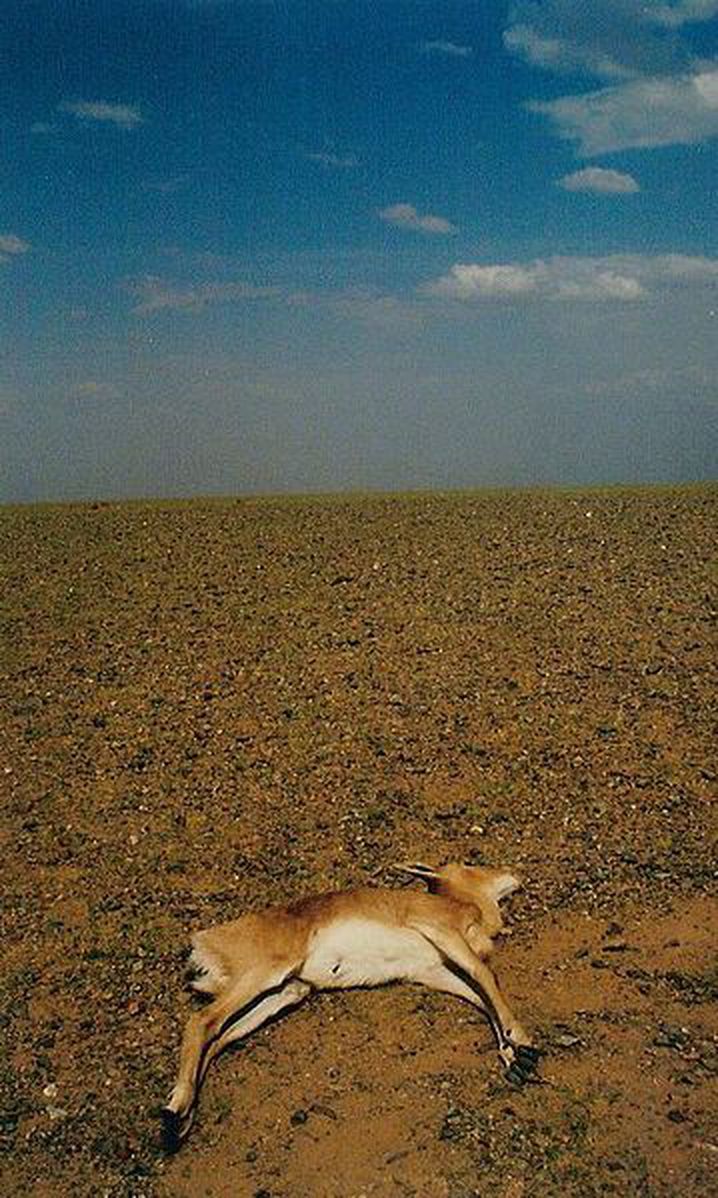
The Threat: Global warming.
This controversial concept carries a host of possible threats. The earth’s alleged warming has been blamed for wild weather, the melting of polar ice, disrupted ocean currents, and a number of other problems.
The Preps: If Global Warming causes freak storms and long droughts, as its proponents claim, then the preps would be a combination of hurricane prepping and food shortage preparedness.
The Odds: The earth’s average temperature has risen 1.4 degrees F since 1980. This is a documented fact. And the temperature is a lot higher now than it was during that last ice age. Where will the temperature top out? And what climatic effects would these higher temps have? I guess we’ll have to wait and see.
15. Space Weather

The Threat: Solar flares.
Concern over solar flares, coronal mass ejections, gamma ray bursts and a variety of other “space weather” has inspired some preppers to take action and prepare for the worst. The Preps: Monstrous solar flares and CMEs certainly could impact our communication satellites and our electrical grid. Practical emergency preparedness plans for these types of scenarios should include the gathering of gear to provide your own energy and communications, along with all the normal necessities.
The Odds: Next year has been predicted as an active year for solar storms and sunspots. Autumn of 2013 will be the solar maximum, which is the period of greatest solar activity in the 11-year solar cycle of the sun. This upcoming maximum should also be the smallest sunspot cycle since 1906. One NASA spokesperson called it “wimpy.” We’ll be able to enjoy the northern lights a bit further south, but that should be about all.
16. Planet X

The Threat: Nibiru will crash into earth.
Stories of Planet X (a.k.a. Nibiru) have been circulating since Zecharia Sitchin published a book in 1977 titled The 12th Planet. In this book, Sitchin claimed that “ancient astronauts” from Nibiru visited the Sumerians in the distant past and taught these primitives about writing, agriculture, and advanced sciences. Some Nibiru subscribers believe that this planet will strike the earth, or cause some other kind of catastrophe. Or that our cruel alien overlords will return to enslave mankind, or perhaps feast on our succulent flesh, or steal our women and precious metals.
The Preps: These preps are entertaining. Just pop some popcorn, sit back in your easy chair and watch the Ancient Aliens show on the History Channel. If it’s on the History Channel, it has to be true and really have happened…right?
The Odds: What do you think the odds are?
17. Power Down
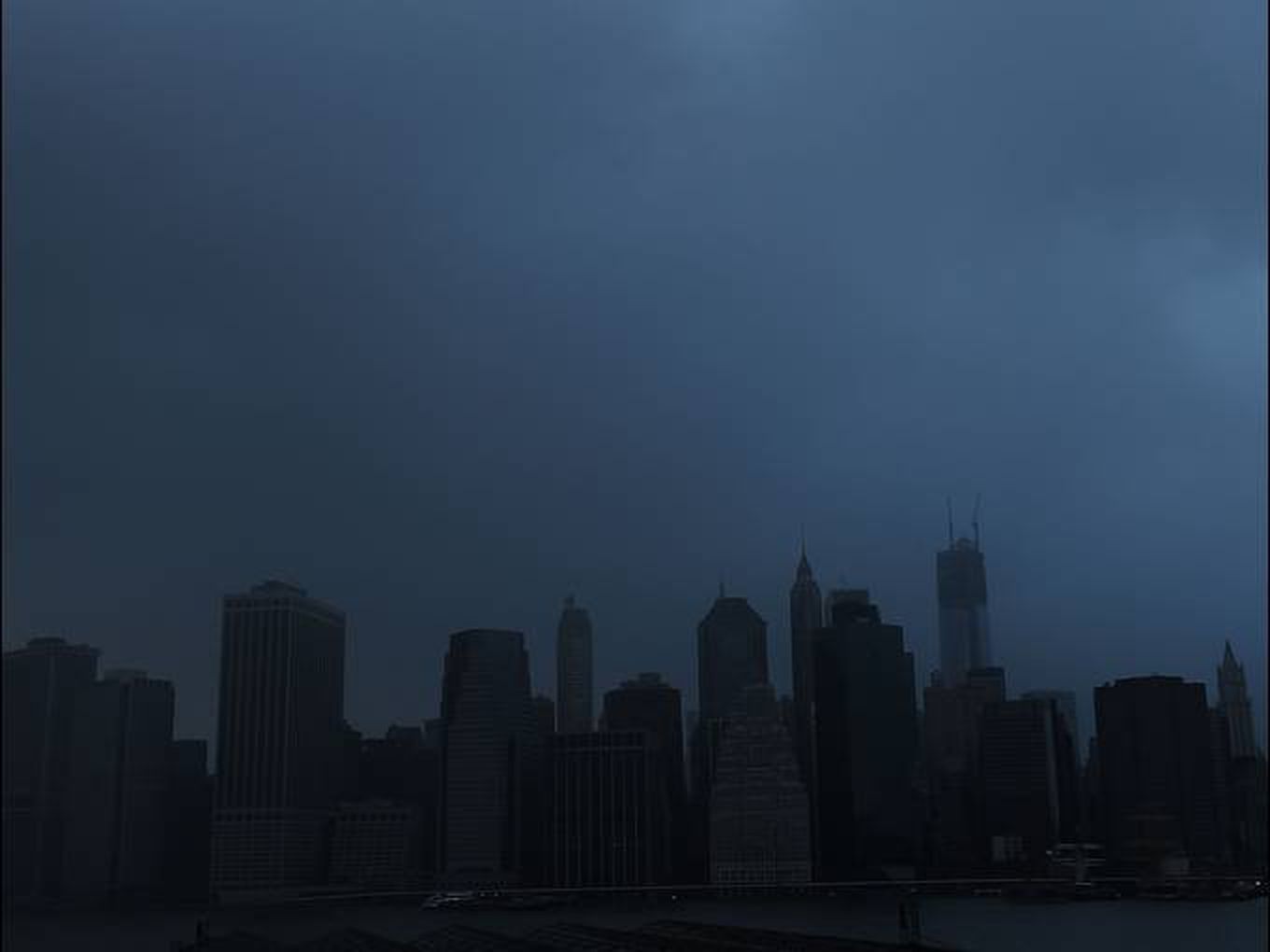
The Threat: Loss of the power grid.
Alarmingly, people from all over the world are trying to hack into the computer systems of nuclear power plants and other electric plants in the U.S., every day. What if they get lucky, get in, and shut things down?
The Preps: An absence of electricity would create all kinds of communication, commerce, and transportation nightmares. But that’s not the worst of it. Like many other disaster scenarios, the problem itself isn’t so bad–it’s peoples’ reactions and behavior that cause the real trouble. I hope you have a remote cabin to hide in until the power comes back on.
The Odds: This could happen somewhere, sometime. It’s plausible. Thank God that there are dedicated cyber security personnel working day and night to keep these technological disasters at bay.
18. E.T. Comes Home

The Threat: An alien invasion
War Of The Worlds, Independence Day, Alien Versus Predator, Battle: Los Angeles, and a slew of other films show us different critters having their way with our planet. What if that really happened?
The Preps: How do we fight an alien invasion? Well, it would depend on the alien. Are we actually having this conversation? I don’t want to dignify this one with a response.
The Odds: Until sentient life is found on other worlds, or a huge ship descends full of combative alien people, you have more pressing things to worry about.
